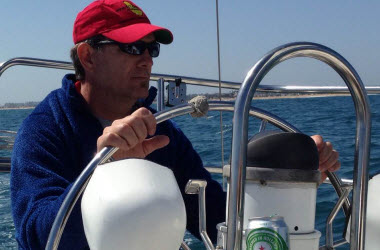January 19, 2016
Last week, I traveled to Imperial Beach, California, to join a group of expert scientists, conservationists, managers, and photographers in discussing the Marine Wilderness 10+10 (MW10+10) initiative spearheaded by the WILD Foundation. This workshop was designed to define the values that exist within a marine wilderness and began to define the values for each stakeholder group. Like a terrestrial ecosystem, though slightly more complex to manage, a marine ecosystem has many different people, cultures, and industries that rely on it. It is important for livelihoods, subsistence, income, and recreation. To be able to better manage how a marine environment is used and protected, understanding the value for stakeholders of that marine environment is critical.

Overall the MW 10+10 initiative aims to find out what the successful values and strategies of MPAs are, how to foster them, and how to utilize them to construct better management strategies. The goal is that all stakeholders become ambassadors and protect their own resources for the benefit of all. Ocean First Education’s role is to help establish monitoring and evaluation plans of the biological changes that occur in these areas over time. It is critical that once management strategies are in place, the biological response within the ecosystem is tracked and measured over time. Baseline data can be compared to future measurements. Yearly surveys can be conducted to determine if, for example, the number, size, and species diversity of fish are increasing and coral are becoming more abundant. These are just some of the metrics used to see if management strategies work.
Ocean First Education will focus on using underwater imaging tools to compare sites and MPAs. Using imaging tools such as still photography and stereo-video, we’re able to monitor changes in reef health without concern for the different observations reported by divers. These tools will also provide a historical visual library of each site that can provide a powerful educational tool. These images would show changes that occur over time in marine ecosystems when they are protected and managed well in contrast to areas that are not.
Ocean First Education is excited to be part of a large, multinational, and collaborative effort among organizations. We will report on our travels, field expeditions, and results. Be sure to sign up for our newsletter to get updates and check back in at our blog for more in-depth stories.


Posted by Jordan | Fri, 08/13/2021 - 17:38